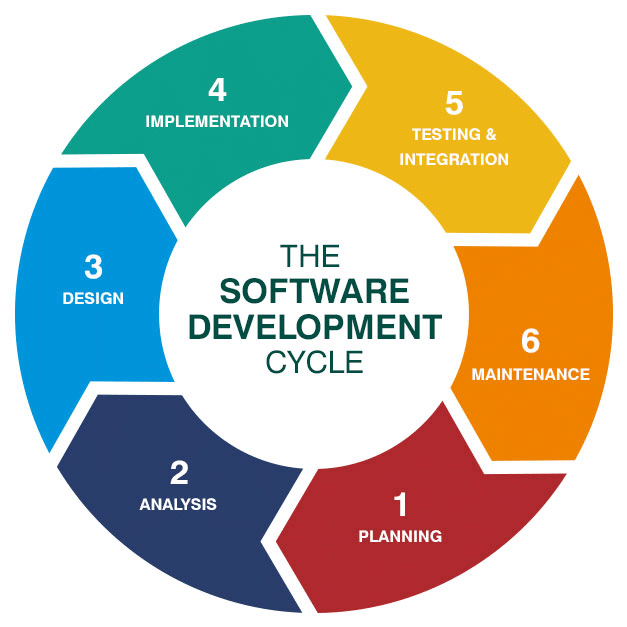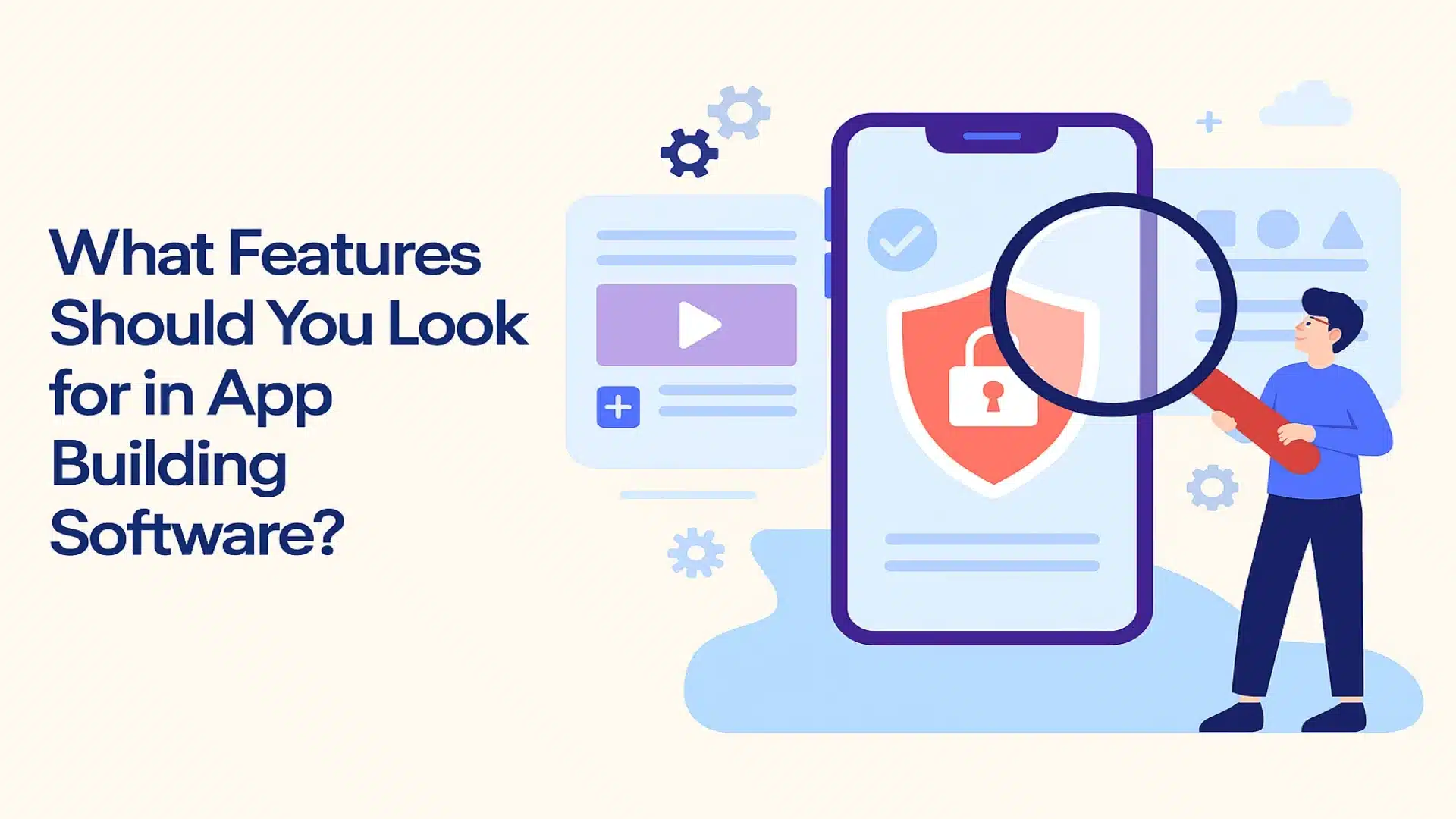The Stages of the Agile Software Development Life Cycle

The Agile Software Development Life Cycle shows how teams plan, build, test, and deliver software efficiently. It puts people and flexibility ahead of rigid plans. Unlike the Waterfall approach—which follows one fixed path—Agile uses short, repeatable work cycles. This allows teams to break down big tasks, stay adaptable, and make steady progress.
Agile encourages close teamwork and ongoing feedback. At the end of each cycle, teams review what they’ve done and adjust their next steps. This leads to faster results, better quality, and less wasted effort. It also creates transparency and builds trust across the team. By repeating a clear set of steps, Agile helps teams deliver new features often. No matter the size of your project, you can shape Agile to fit your needs.
Introducing Agile Software Development Life Cycle

The 6 Key Stages of the Agile Software Development Life Cycle
Custom AI Software Development Solution For Enterprises
Stage 1: Planning
In this early stage, teams connect with stakeholders to understand the project goals and user needs. They define the vision, outline the initial scope, and estimate high-level requirements. Clear goals keep things focused and prevent scope creep. This step helps create the task list and plan the roadmap ahead.
Stage 2: Analysis
Here, teams turn requirements into clear, simple descriptions of what users need or want. These are added to a prioritized task list, and the team sets goals for the next work cycle. They estimate the effort for each task, assign responsibilities, and agree on a timeframe—usually about two weeks. This keeps work focused and predictable.
Stage 3: Design
Design is a team effort. Developers and designers sketch out user flows and wireframes together. They talk through technical ideas and update designs as development progresses. Keeping the design flexible ensures the final product matches real user needs.
Stage 4: Implementation
During each work cycle, developers write code in small chunks. They regularly combine and test code to catch problems early and keep things moving. A system for tracking changes to code ensures everything stays organized. Teams hold daily team check-in meetings to stay aligned and remove blockers.
Stage 5: Testing & Integration
Testing happens throughout the work cycle. Teams run unit tests on small sections of code, and integration tests to make sure everything works together. Toward the end, testing with real users helps catch anything the team may have missed. QA specialists are part of the process, joining daily team check-ins and fixing issues on the spot.
Stage 6: Maintenance
At the end of the cycle, the team releases updates through an automated process for building, testing, and releasing software. They demo the latest features, gather user feedback, and log insights for future work. This ongoing feedback loop helps the product keep getting better.
Continuous Feedback Drives Agile
Agile relies on feedback at every step. After each work cycle, teams run reviews to show progress and collect input. They also hold team meetings to reflect on what went well and what could be improved. This process helps teams adjust quickly and keep moving in the right direction.
Each cycle builds on the last, keeping the work aligned with user needs and team goals.
Why Follow the Agile Software Development Life Cycle?
Using the Agile Software Development Life Cycle brings real benefits:
- Faster feature delivery
- Fewer surprises and smoother teamwork
- Better product quality
It also keeps customers happy by showing progress regularly and responding to their needs.
Also read: Software Development Phases Guide – A Detailed Overview
Conclusion:
The Agile Software Development Life Cycle breaks big projects into six clear stages. It helps teams stay flexible, focused, and fast. With short work cycles, continuous feedback, and steady improvement, Agile boosts team performance and delivers real value.
Whether you’re a startup or a large company, Agile can help your team move faster, stay competitive, and build better software.









